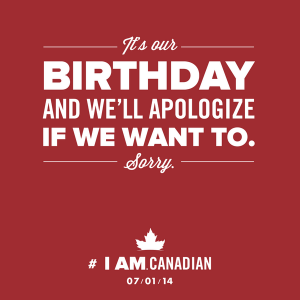The task at hand is to first discover as many allusions as you can to historical references (people and events), literary references (characters and authors), mythical references (symbols and metaphors). While I am suggesting a method to help organize your task — you should quickly discover that there is no method for making neat categories out of King’s numerous (and humorous) allusions and references. Instead of categories, what you will discover are connections, and inter-connections and cycles.
*************************************************************************************************
Pages 110
In the novel, Green Grass Running Water, the author, Thomas King, uses lots of biblical allusions to not only develop the plot but develop some characters. Some quotes refer to a specific event in the bible, while others refer to some biblical characters and allusions. Below are some examples of these allusions.
“Eli Stand Alone stood at the window of the cabin and watched the water slide past the porch. It was getting higher, but they had done that before, open the gates just a little and let the stream come up over the sides of the channel and wash against the logs. A lot of trouble for nothing.” (King, 110)
Eli’s name is highly charged with biblical significance. Not only does the word “Eli” mean “My God” in Hebrew, it is also a reference to the Old Testament prophets . There are several significant figures named Eli or a derivative of the name in the Hebrew bible; the names Elijah and Elisha are both written in their abbreviated form as “Eli” in the text. Like these prophets, King’s Eli is a wise man, trained both academically and with deep spiritual connections. Not only was he a university professor, but he also demonstrates his connection to the land and his people by refusing to move from his home and allow the dam to flood the area. His experiences also prefigure the other later narratives in much the same way that the Old Testament prefigures the New Testament. For example, his experience at the Sun Dance as a child, in which a man appears to be taking pictures of the event, foreshadows the incident at the end of the book in which George Morning star does much the same thing. He also makes prophetic statements about what will happen with the dam: while Sifton finds that the dam looks “Sort of white. Like a shell,” Eli replies “Reminds me of a toilet” (King, 136). Throughout the book, the toilet at The Dead Dog Cafe is constantly overflowing, and in the end, the dam follows suit, bursting and destroying Eli and his cabin in the process.
If this are more easily highlighted from various other points in the novel, as this is a theme and allusion that carries on throughout the entire novel.
Page 38
“Okay. There are two worlds, you know. One is a Sky World. One world is the Water World.” (King 38)
The Bible begins: “In the beginning, God created the heaven and the earth.” King opens the Genesis story up to revision and adaptation in a playful way by replacing “nothing” with water and Coyote. The distortion of the opening sentences removes the importance of the Judeo-Christian model. Christians insist on one version of creation, but it’s not the only version. King’s oral creation myth is recreated along native lines and not the Genesis storyline and acts as a way of asserting the importance of native spirituality. King addresses the fact that biblical rhetoric is dangerous and encourages us to stop thinking and to not question religious authority. King is against a central authoritative view at the expense of other viewpoints.
Page 68
(Various quotes)
In the Bible, God is all powerful. In this novel Coyote comes in and reformulates how we see God. The dog in Coyote’s dream declares himself as GOD and the dog grows in size. King deflates the posture of this figure. It is arrogance and power that makes this dog-turned GOD so much larger. God begins as a silly dream who transforms himself into a dog; God is a dog in Coyote’s backward dream and is King’s way of diminishing the Christian God’s superiority. God is depicted as selfish and unwilling to cooperate with First Woman. “All this stuff is mine. I made it.” (King 68) First Woman tells GOD that he has “bad manners” and acts “as if you have no relations” and points out the he is being “stingy.” (King 69) GOD becomes an empty figure that represents white colonial power. (King 69) When First Woman tells Coyote “there is no point have a grouchy GOD for a neighbor” they leave the garden, but it is GOD that tells them “You can’t leave because I am kicking you out.” (King 69) The reader becomes aware that the Christian God is just a troublesome version of Coyote’s imagination. King teases us with biblical narratives then lets them go in order to point out that there are other ways of seeing the origins of creation and other ways of telling the story.
*************************************************************************************************
Works Cited
Horne, Dee. “To Know the Difference: Mimicry, Satire, and Thomas King’s Green Grass, Running Water.” ProQuest. N.p., Fall 1995. Web. 19 Aug. 2016.
King, Thomas. Green Grass, Running Water. Toronto: HarperPerennial Canada, 1999. Print.
McGill, Robert. “Against Mastery: Teaching Thomas King’s Green Grass, Running Water.” The Cambridge Journal of Postcolonial Literary Inquiry. N.p., 8 Mar. 2016. Web. 19 Aug. 2016.
Robinson, Marilynne. “The Book of Books: What Literature Owes the Bible.” The New York Times. The New York Times, 24 Dec. 2011. Web. 19 Aug. 2016.

